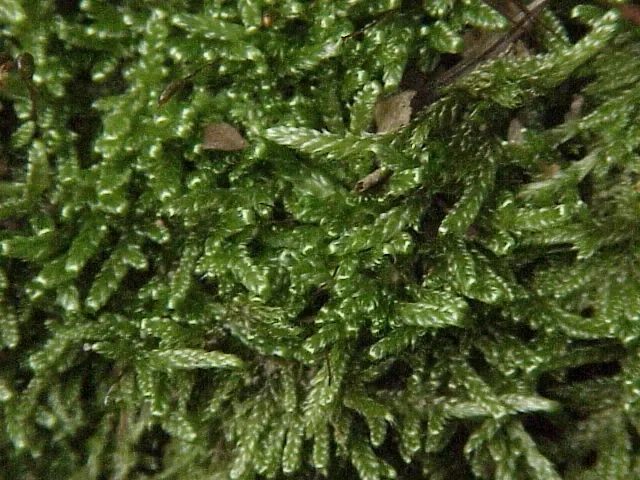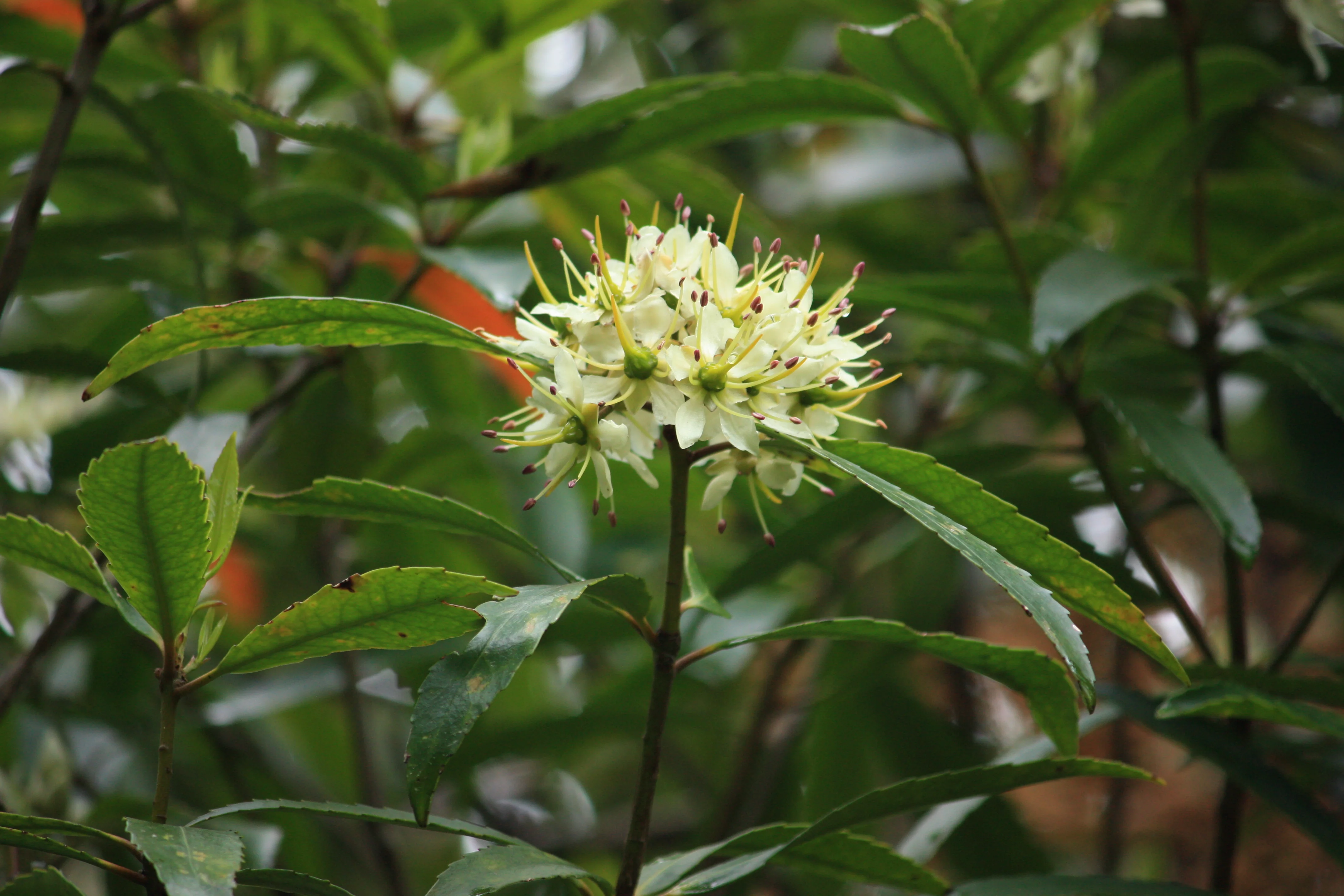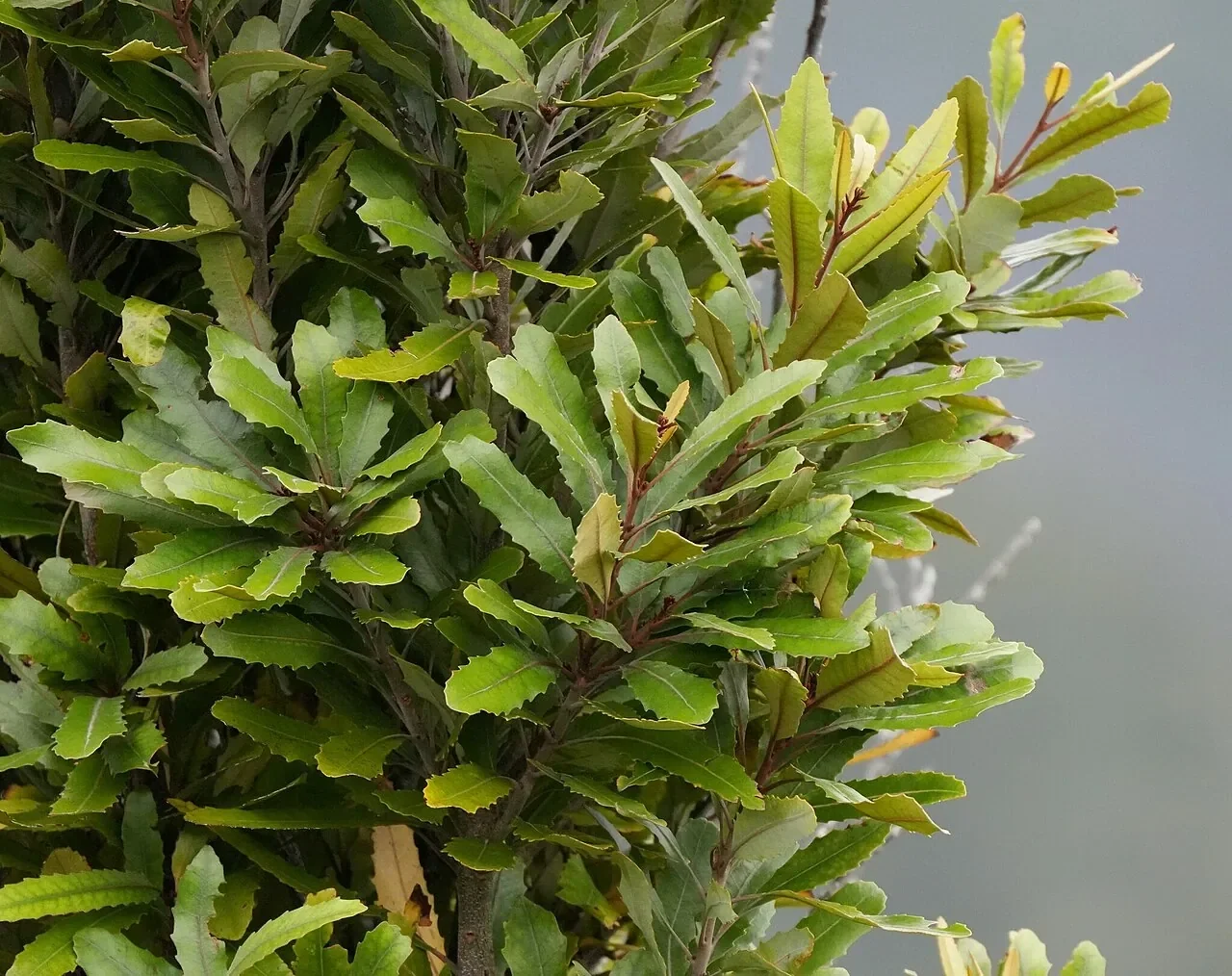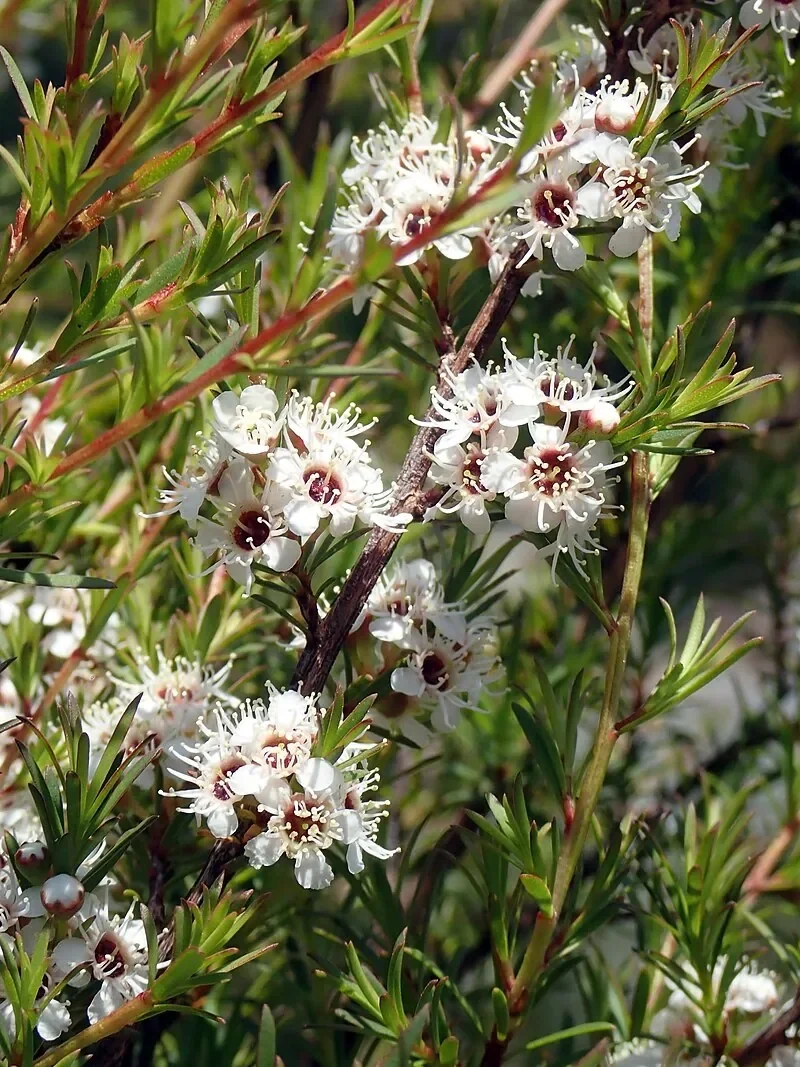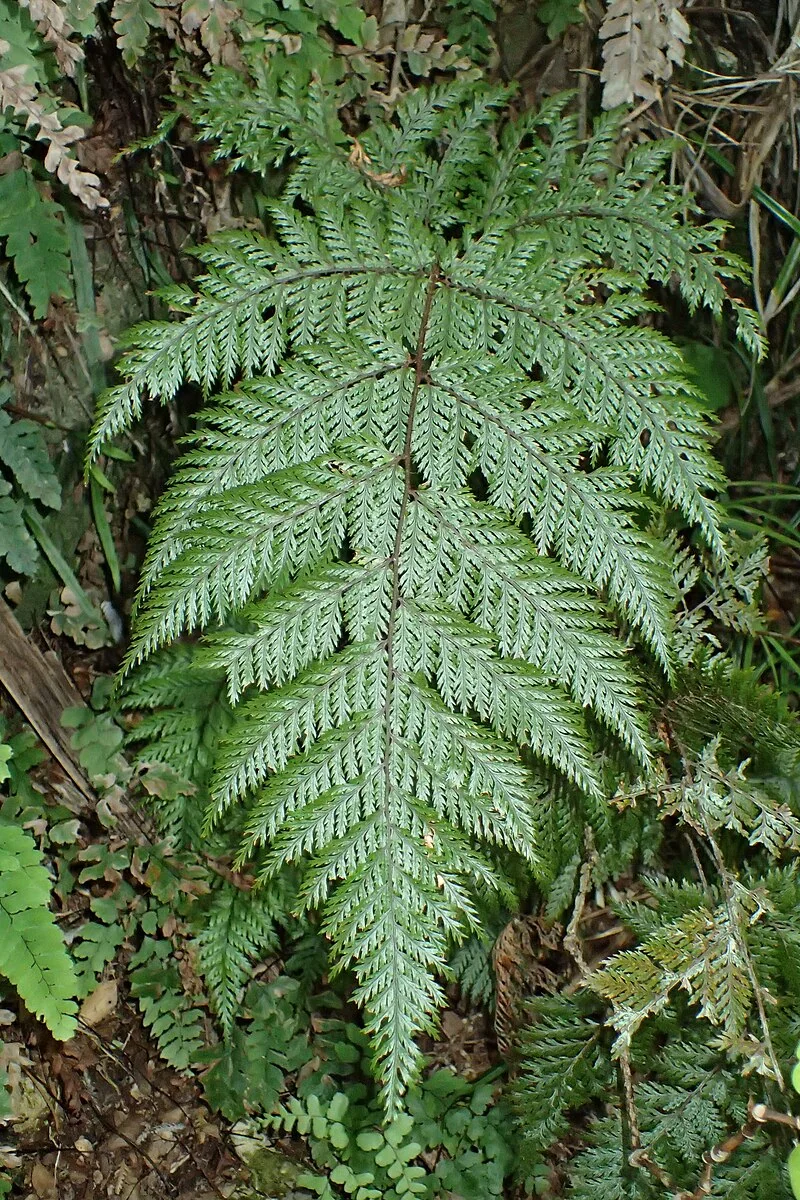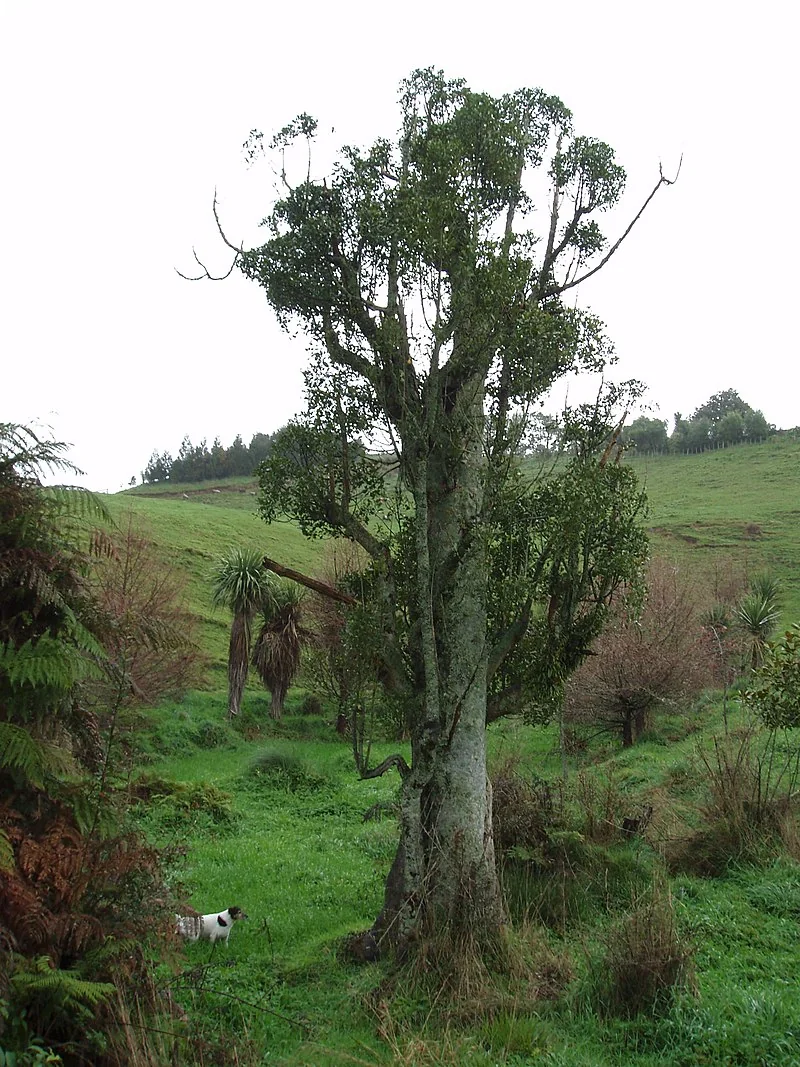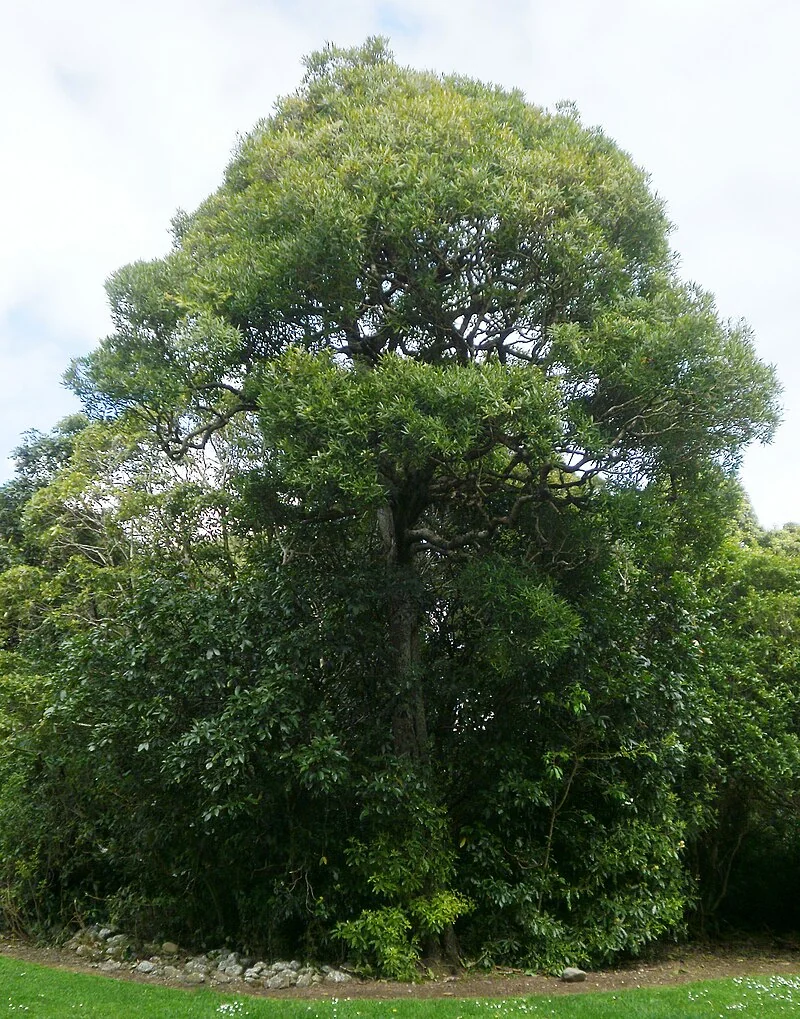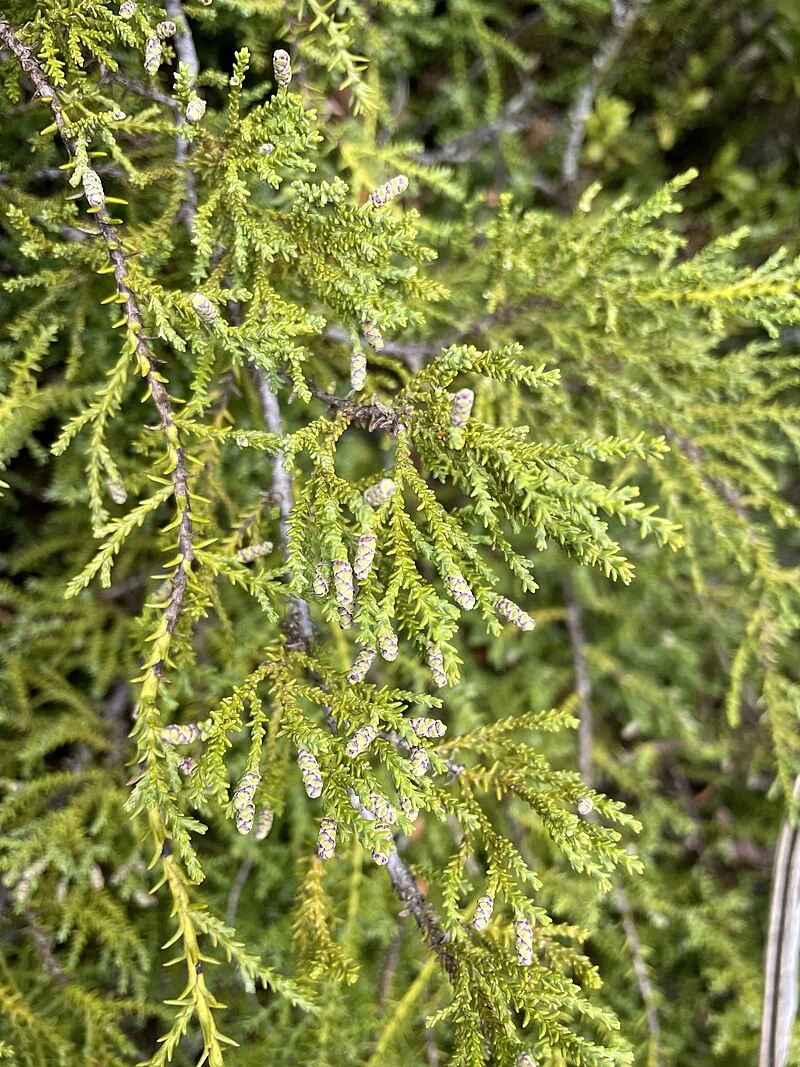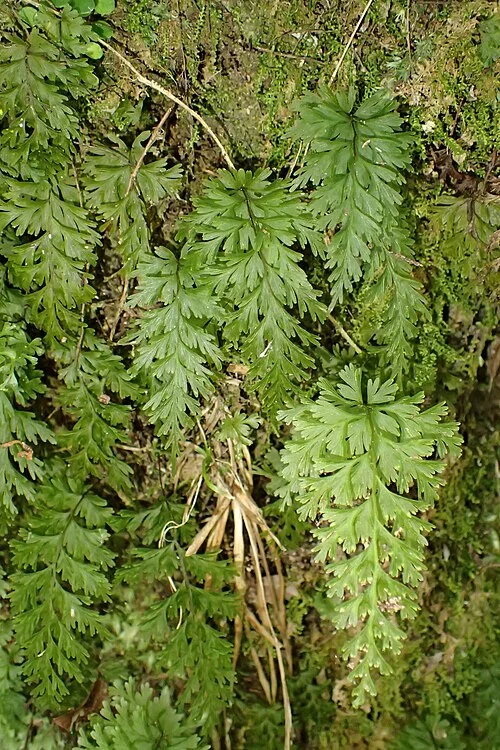
Drooping Filmy Fern
Hymenophyllum demissum
Unique Characteristics and Habitat
Drooping Filmy Fern (Hymenophyllum demissum) represents one of New Zealand's most extraordinary and delicate native ferns, belonging to the remarkable family of filmy ferns characterized by their paper-thin, translucent fronds that exist at the very limits of terrestrial plant adaptation. This ethereal species creates some of the most delicate and ephemeral beauty in New Zealand's cool, perpetually humid forest understory, where its drooping fronds form graceful cascades across moss-covered logs, wet rock faces, and permanently moist forest banks. The species exhibits an almost supernatural translucency, with fronds so thin they consist of only a single layer of cells, allowing filtered forest light to pass through them and creating an otherworldly luminescence in the dappled shadows of its preferred cloud forest habitat. Each frond displays characteristic drooping growth, giving the species its common name, and measures typically 50-200mm in length with deeply divided segments that create an intricate, lace-like appearance. The fronds desiccate almost instantly if exposed to dry conditions or direct sunlight, making this species one of the most specialized and environmentally sensitive members of New Zealand's native flora. In cultivation, this remarkable fern demands the most exacting environmental conditions, thriving only in terraria, specialized shaded ferneries with constant misting systems, or naturally humid, sheltered forest gullies where atmospheric moisture remains consistently high throughout the year. The species serves as an exceptional indicator of pristine forest health and represents the pinnacle of specialized cultivation challenges among New Zealand's native ferns.

Plant Description
Filmy Fern Characteristics
A delicate filmy fern of cool, perpetually humid forest, with paper-thin fronds that desiccate quickly if exposed. Best grown in terraria, shaded ferneries, or naturally damp, sheltered gullies among our native ferns.
Quick Facts
Quick Facts Overview
| Scientific Name | Hymenophyllum demissum |
|---|---|
| Height | 5-20 cm |
| Spread | Colonial mats on moist substrates |
| Light | Deep shade |
| Soil | Constantly moist, humus-rich |
| Water Needs | Very high humidity essential |
| Frost Tolerance | Varies |
| Salt Tolerance | Varies |
| Growth Rate | Varies |
| Lifespan | Varies |
Climate Section
Drooping Filmy Fern (Hymenophyllum demissum) thrives in consistently humid, cool environments that replicate the conditions of temperate rainforests. It requires protection from direct sunlight and drying winds, preferring the stable, moist conditions found in sheltered gullies and deep forest understorey. The species is sensitive to fluctuations in humidity and temperature, making it challenging to grow outside specialized environments.
Regional Suitability
| City | Climate Suitability |
|---|---|
| Whangārei | Ideal |
| Auckland | Ideal |
| Hamilton | Ideal |
| Tauranga | Ideal |
| Rotorua | Ideal |
| Gisborne | Ideal |
| New Plymouth | Ideal |
| Napier | Ideal |
| Whanganui | Ideal |
| Palmerston North | Ideal |
| Wellington | Ideal |
| Nelson | Ideal |
| Christchurch | Ideal |
| Dunedin | Ideal |
| Invercargill | Ideal |
Plant Habitat
Rainforest Habitat
Understand the specific microhabitat requirements of Drooping Filmy Fern (Hymenophyllum demissum) in New Zealand's humid forests. This knowledge is crucial for conservation efforts and any attempts at habitat restoration or specialized cultivation.
- Distribution in humid forest gullies and sheltered sites
- Microclimate characteristics of optimal habitats
- Substrate preferences and epiphytic associations
- Altitude ranges and geographic distribution patterns
- Associated species and community relationships
Plant Conservation
Hymenophyllum demissum, commonly known as the drooping filmy fern, is classified as "Not Threatened" in New Zealand. This conservation status has been consistently maintained across various assessments, including those in 2013, 2018, and 2023.
This fern is endemic to New Zealand and is widespread throughout the Kermadec Islands, North Island, South Island, Stewart Island/Rakiura, Chatham Islands, and Auckland Islands, excluding the drier parts of the eastern South Island. It is a very common species found in diverse environments, from coastal to montane forests, growing terrestrially on the ground, banks, or rotting logs, and also as an epiphyte on tree trunks and tree ferns.
Growing Section
Humidity Requirements
Drooping Filmy Fern requires extremely high humidity (80-100%) to prevent desiccation of its delicate, single-cell-thick fronds. It must never be allowed to dry out completely.
- Constant high humidity essential for survival
- Fronds desiccate rapidly in dry air
- Misting systems or terraria often necessary
- Benefits from moisture-retaining mulches
Light Requirements
This filmy fern requires deep shade and protection from any direct sunlight, which would quickly kill the delicate fronds. It thrives in the dimmest forest conditions.
- Deep shade only - no direct sunlight ever
- Thrives in very low light conditions
- Can grow under dense canopy coverage
- Artificial shade structures may be needed
Substrate Requirements
Grows on moist, moss-covered surfaces including tree trunks, rocks, and decaying logs. Requires excellent drainage while maintaining constant moisture.
- Grows on moss, bark, and organic matter
- Requires constantly moist but not waterlogged conditions
- Benefits from association with mosses and liverworts
- Prefers slightly acidic conditions
Planting Guide Section
When to Plant
Drooping Filmy Fern is best established during autumn or winter when natural humidity is highest and temperatures are cooler, reducing stress on the delicate fronds.
Site Selection
Choose a site with:
- Deep, permanent shade with no direct sunlight
- Constantly high humidity (naturally or artificially maintained)
- Protection from all winds and air movement
- Suitable substrate such as moss-covered logs or rocks
- Stable temperatures without fluctuation
- Good drainage despite constant moisture
Establishment Procedure
- Prepare a terrarium or specialized humid microenvironment
- Establish a moss substrate or suitable growing medium
- Carefully position frond fragments or spores on the substrate
- Maintain 90-100% humidity immediately after establishment
- Provide gentle air circulation without direct airflow
- Monitor daily for signs of desiccation or stress
- Adjust conditions immediately if any stress signs appear
Critical Success Factors
Success depends entirely on maintaining perfect environmental conditions. Most failures result from even brief periods of inadequate humidity or exposure to drying conditions.
Ecological Role and Habitat
Typical Environments
Hymenophyllum demissum plays a crucial ecological role in New Zealand's forest ecosystems as the most common and widespread filmy fern species. This remarkable plant forms dense carpets on the forest floor, creating microhabitats for countless invertebrates and contributing to the complex layered structure of native forests. Its ability to thrive both terrestrially and as an epiphyte makes it a vital component of forest biodiversity, colonizing everything from rotting logs and rocky outcrops to the trunks of native trees including kauri, rimu, and tree ferns.
The species' remarkable adaptability allows it to inhabit diverse forest types from coastal kauri forests to montane beech forests, making it one of the most ecologically significant ferns in New Zealand's flora. Its wind-dispersed spores enable rapid colonization of suitable habitats, while its ability to form large patches helps stabilize soil and create humid microclimates essential for other forest species.
Uses Section
Specialized Uses
Drooping Filmy Fern (Hymenophyllum demissum) is primarily used in specialized collections and research due to its demanding requirements. It serves important ecological and educational purposes rather than typical garden applications.
- Terrarium and controlled environment cultivation
- Educational displays about rainforest ecosystems
- Research into filmy fern physiology and ecology
- Habitat restoration in suitable forest environments
- Specialized fernery collections
While not prominent in traditional Māori culture, filmy ferns like Hymenophyllum demissum represent the delicate balance of forest ecosystems and serve as indicators of pristine environmental conditions.
- Indicator species for undisturbed forest environments
- Symbol of the delicate nature of forest ecosystems
- Important for understanding traditional forest knowledge
Ecologically, Drooping Filmy Fern plays a crucial role in maintaining the intricate microhabitats of temperate rainforests, contributing to the complex layered structure that supports diverse forest communities.
Landscaping Section
Specialized Applications
Drooping Filmy Fern (Hymenophyllum demissum) is not suitable for typical landscaping applications but has specialized uses in controlled environments, research facilities, and educational displays about rainforest ecosystems.
- Terrarium and controlled environment displays
- Educational exhibits about rainforest microhabitats
- Research facility cultivation for scientific study
- Specialized botanical garden collections
- Conservation breeding programs for habitat restoration
Seasonal Care
Spring
In spring, Drooping Filmy Fern begins producing new fronds as humidity naturally increases. Monitor closely for any winter damage and ensure consistent moisture as temperatures rise.
- New frond production begins with increased humidity
- Check for any winter desiccation damage
- Ensure consistent moisture as temperatures warm
- Monitor for adequate shade as leaf cover changes
- Prime time for spore collection if desired
Summer
Summer requires vigilant humidity maintenance as warmer temperatures increase evaporation rates. This is the most challenging season for maintaining optimal conditions.
- Critical period requiring constant humidity monitoring
- Increase misting frequency in warm weather
- Ensure adequate shade protection
- Watch for signs of desiccation stress
- Spore maturation typically occurs during this period
Autumn
Autumn brings naturally higher humidity levels that benefit Drooping Filmy Fern. This is often the most successful growing period with stable conditions.
- Generally the most favorable growing period
- Natural humidity increases benefit growth
- Good time for establishing new colonies
- Continued spore dispersal and germination
- Monitor for adequate drainage as rainfall increases
Winter
Winter dormancy is minimal, but growth slows. Protection from cold winds and maintaining humidity become priorities in colder regions.
- Minimal growth but remains evergreen
- Protect from cold, drying winds
- Maintain humidity even with reduced growth
- Monitor for frost damage in exposed locations
- Reduce active management but maintain conditions
Pruning Section
Minimal Care
Drooping Filmy Fern (Hymenophyllum demissum) requires an extremely cautious and minimal approach to pruning due to its extraordinarily delicate frond structure and the plant's natural ability to maintain optimal form through continuous, self-regulating growth patterns. The paper-thin, translucent fronds are so fragile that even the slightest touch can cause irreversible damage, bruising, or complete destruction of the delicate cellular structure that makes this species so remarkable. Unlike conventional ferns that can tolerate moderate handling and routine maintenance, Drooping Filmy Fern has evolved in undisturbed forest environments where physical disturbance is virtually non-existent, making it exceptionally sensitive to any form of mechanical stress. The species exhibits continuous frond production and natural senescence cycles that maintain the plant's health and appearance without human intervention, with older fronds gradually deteriorating and being replaced by new growth emerging from the creeping rhizomes. When pruning becomes absolutely necessary, typically only to remove clearly dead, diseased, or severely damaged material, the process must be undertaken with extreme precision using the finest tools available and the gentlest possible technique to avoid disturbing healthy frond tissue or disrupting the plant's delicate root system.
- Minimal intervention required - fronds are extremely delicate
- Remove only clearly dead or damaged fronds with extreme care
- Use fine tweezers or small scissors for any necessary removal
- Avoid touching healthy fronds as they damage easily
- Natural senescence and replacement occurs continuously
- Focus on maintaining optimal environmental conditions rather than pruning
The best approach is to provide optimal growing conditions and allow the fern to manage its own growth cycles naturally, intervening only when absolutely necessary.
How to Grow Drooping Filmy Fern
Drooping Filmy Fern is a delicate and highly specialized native fern that thrives in cool, perpetually humid forest environments. Its paper-thin fronds are extremely sensitive to desiccation, making it a challenging but rewarding plant to cultivate in specialized settings. It is best grown in terraria, shaded ferneries, or naturally damp, sheltered gullies where its unique beauty and ecological importance can be appreciated. Understanding its propagation methods is key to successfully growing this unique species.
From Spores
Spore propagation is the primary method for reproducing Drooping Filmy Fern, requiring extremely careful attention to environmental conditions throughout the process. Collect fertile fronds when spores are mature (usually summer). Place fronds in sealed containers to allow spore release. Sow spores on sterile, moist moss or peat substrate. Maintain 100% humidity in an enclosed environment, such as a terrarium or propagator. Keep at a stable temperature of 15-20°C with no temperature fluctuation. Provide dim, indirect light only. Germination may take several months under ideal conditions, forming a green prothallus, from which tiny fern sporophytes will eventually emerge. Transplant young plants when 2-3cm tall.
From Frond Fragments
Vegetative propagation through frond fragments can be successful in specialized conditions but requires extreme care. Select healthy frond sections with growing points. Handle with extreme care to avoid damage, as the fronds are single-cell-thick and very delicate. Place immediately on a moist moss substrate. Maintain perfect humidity without air movement, ideally in a controlled terrarium environment. New growth may appear after several weeks. All propagation must occur in controlled environments such as terrariums, as the species cannot tolerate the variable conditions of typical cultivation.
Pests Diseases Section
Drooping Filmy Fern (Hymenophyllum demissum) faces primarily environmental challenges rather than traditional pest and disease issues, as its specialized habitat requirements make most problems related to unsuitable conditions.
Environmental Stressors
- Desiccation: The primary threat - even brief dry periods can be fatal
- Light Exposure: Any direct sunlight will quickly kill the delicate fronds
- Air Movement: Even gentle breezes can cause fatal drying
- Temperature Fluctuation: Rapid changes stress the plant severely
- Low Humidity: Below 80% humidity causes immediate stress
Cultural Problems
- Overhandling: Touching fronds can damage the delicate structure
- Inappropriate Watering: Direct water application can damage fronds
- Poor Air Quality: Pollution or chemical residues affect sensitive fronds
- Substrate Issues: Wrong growing medium prevents establishment
Rare Pest Issues
- Scale Insects: Occasionally affect fronds in stressed conditions
- Fungal Problems: Can occur in stagnant, poorly ventilated conditions
- Substrate Competitors: Aggressive mosses may outcompete in some conditions
Prevention
The best prevention is maintaining perfect environmental conditions. Most problems are preventable through proper humidity, shade, and temperature management.
Cultural Significance
Hymenophyllum demissum, also known as the drooping filmy fern, holds cultural significance primarily within Māori traditions in New Zealand. It is known by the Māori names "irirangi" and "piripiri". The name "piripiri" describes its growth habit of forming dense, close-knit populations.
Historically, the fern has been noted for its medicinal properties. Reports from 1905-07 by Elsdon Best indicate that the water exuding from a broken young shoot of Hymenophyllum demissum was applied to wounds. Additionally, in 1888, Charles Jeffs recorded its use as a bitter tonic.
Bonus Tip
A Living Film
The common name 'filmy fern' is a very accurate description of this plant. The fronds of Hymenophyllum demissum are only one cell thick, which gives them a delicate, translucent appearance. This also means that they are very susceptible to drying out, which is why they are only found in constantly moist, humid environments. This unique feature is a remarkable adaptation to a life in the deep shade of the forest floor.
